Description
The title of this print comes from memories of a book of photographs of Glen Canyon in Utah called “The Place no one knew” by Eliot Porter. This was about the area of Glen Canyon in Utah, and included many photographs taken before the construction of the dam that created Lake Powell. The area was full of archaeological monuments dispersed through thousands of side canyons, some quite narrow. My image isn’t a literal rendering obviously but an interpretation of a memory of a place, even if that place is somewhere I never managed to visit. Some time ago I had a show which I called ‘The Landscape of Memory’ and to a degree this image continues that theme.

The print is 30 cm x 30 cm (12″x12″) and is mounted on a cradled wooden panel, with black painted edges, ready to hang on your wall.
During lockdown, I have made an extensive series of similar abstract prints. They represent a new direction for my work, one I intend to continue to explore for a good while yet.
What is a gel print?
Monotype prints in general are made by drawing or painting on a smooth, non-absorbent surface. This surface, sometimes called the matrix, was historically a copper etching plate. In contemporary work other materials are often used, such as acrylic sheet. The image on the matrix is then transferred onto a sheet of paper by pressing the two together. This usually requires a print press. Monotypes can also be created by inking an entire surface and then, using brushes or rags, removing ink to create light areas in a field of opaque colour. This is then pressed together with a sheet of paper to make the print.
The specific process I used for this print was gel printing (or Gelli but this is a trademark). The matrix in this case is a soft synthetic gel. I apply the paint to the gel sheet with rollers or brushes. The area to which the paint is applied can be controlled by masks and stencils. The rolled out paints can also be drawn into or textured in various ways. This process is repeated until I’m happy with the image.
Some of my prints made this way have over 20 separate full or partial layers. This gives subtle variations in colour and a tangible physical texture. The nature of the process allows for intense bright colours and this colourful imaginary landscape is no exception.
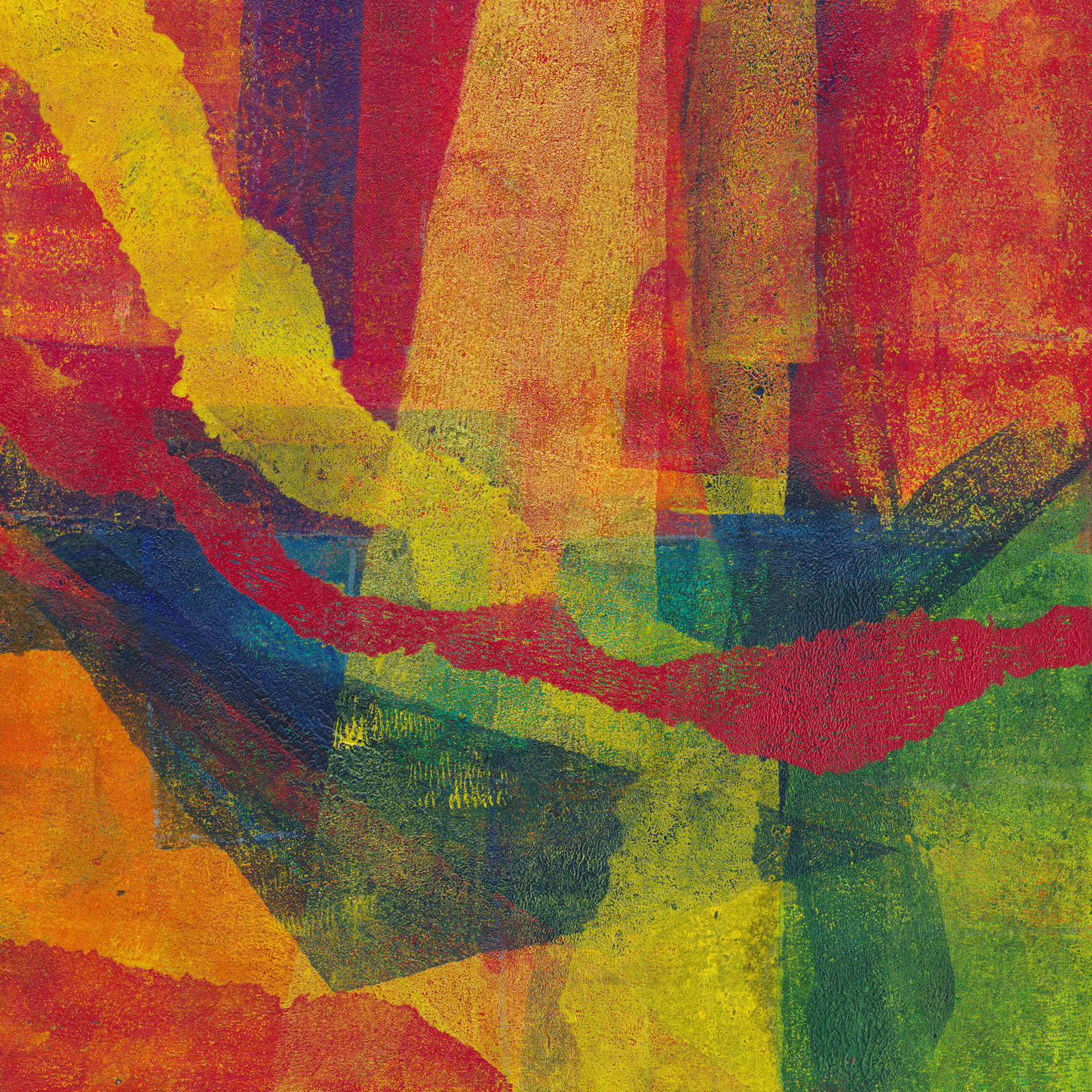
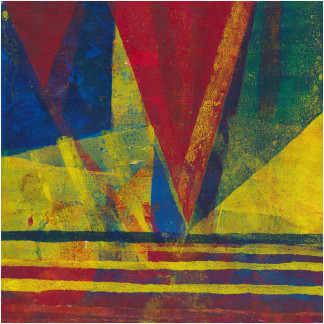

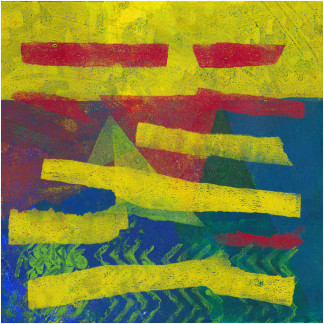
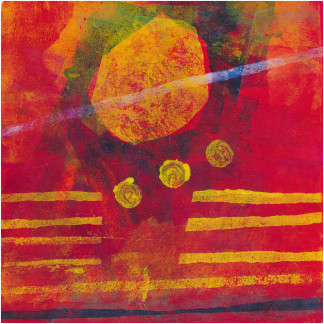
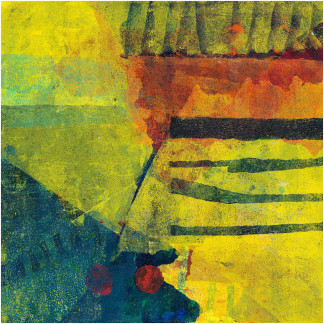
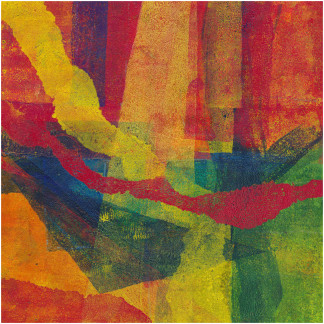
Reviews
There are no reviews yet.